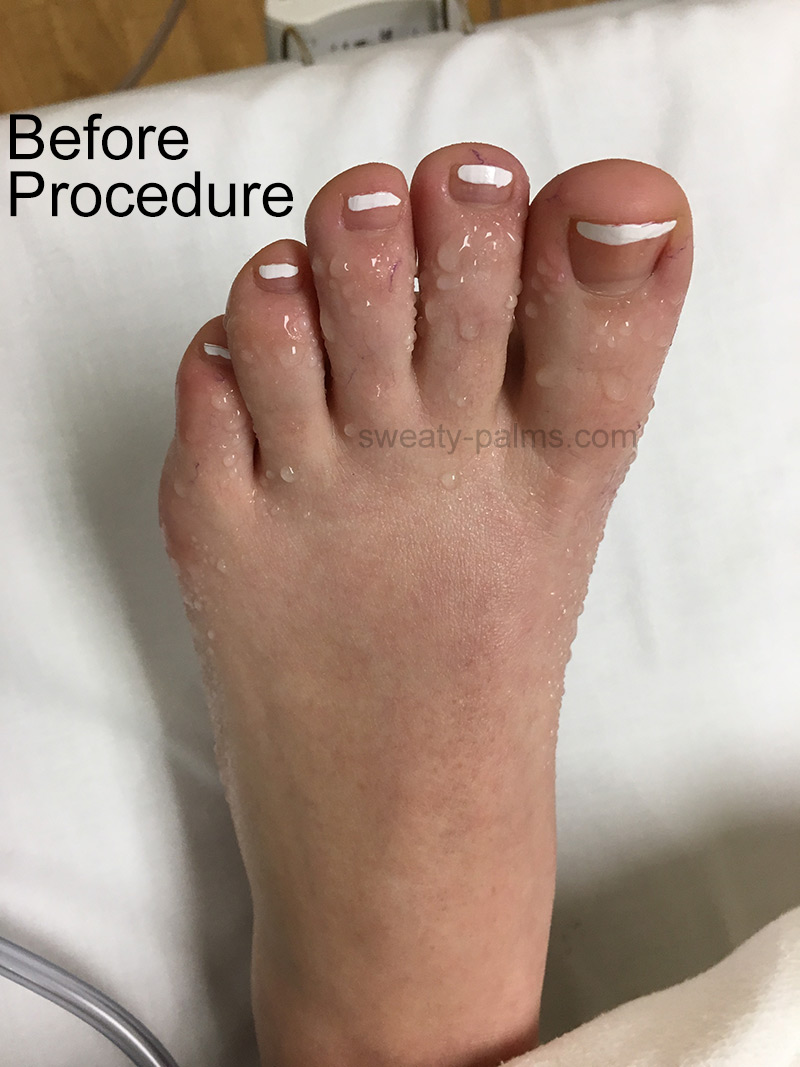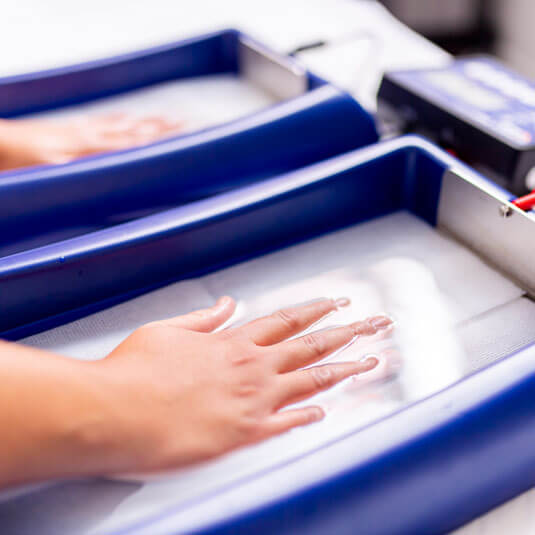Introducing the Complexities of Excessive Sweating: A Comprehensive Guide to Medical Diagnosis and Management
Too much sweating, medically understood as hyperhidrosis, is a condition that affects a significant number of people and can have a profound impact on their quality of life. While sweating is an all-natural physical function, its overactivity in hyperhidrosis provides a special set of challenges that frequently go past mere pain.

Understanding Hyperhidrosis Causes
Hyperhidrosis triggers can be attributed to various variables such as genetics, hormonal inequalities, and particular medical problems. Genes play a significant function in main focal hyperhidrosis, where individuals inherit the condition from their household participants. By recognizing the details factors adding to too much sweating, healthcare companies can tailor treatment strategies to resolve the underlying cause, using relief and enhancing the high quality of life for people influenced by hyperhidrosis.
Identifying Hyperhidrosis Symptoms

Furthermore, hyperhidrosis symptoms might show up in social and psychological distress, as individuals might really feel self-conscious or distressed regarding their sweating, bring about avoidance of social situations (Treatment for hyperhydrosis of hands and feet). In addition, duplicated episodes of excessive sweating can cause skin maceration, fungal infections, and a general decrease in self-worth
Diagnostic Refine for Hyperhidrosis
Starting the diagnostic procedure for excessive sweating includes thorough analysis of the individual's clinical background and health examination. Asking about the start, duration, and causes of sweating episodes is vital to distinguish in between primary focal hyperhidrosis and second generalized hyperhidrosis. Clinical history must also include questions regarding medications, medical problems, and household background of hyperhidrosis.
Throughout the physical exam, particular interest is paid to the locations affected by sweating. The doctor may evaluate the level of sweating, look for indications of underlying conditions, and review the impact of sweating on the person's quality of life. Additionally, specific examinations like the gravimetric examination, starch-iodine test, or skin conductance measurements might be conducted to measure the quantity of sweat produced.
Additionally, in situations where additional hyperhidrosis is believed, additional tests such as blood tests, urine examinations, and imaging studies might be advised to recognize the underlying source of too much sweating. The analysis get more procedure aims to properly establish the kind and reason of hyperhidrosis to lead ideal administration strategies.
Therapy Options for Hyperhidrosis
When dealing with excessive sweating, various therapy alternatives are readily available to alleviate signs and symptoms and boost the person's lifestyle. The therapy technique for hyperhidrosis depends upon the seriousness of symptoms and the patient's reaction to preliminary therapies.
Topical treatments, such as aluminum-based antiperspirants, are frequently advised as the initial line of protection for taking care of moderate instances of hyperhidrosis. For individuals with much more serious signs and symptoms, dental drugs like anticholinergics may be suggested to assist lower sweating.

Effective Management Methods
To effectively manage hyperhidrosis, a comprehensive and individualized treatment strategy tailored to the client's certain requirements and action to previous therapies is crucial. This strategy might include a mix of restorative methods, including way of living adjustments, topical treatments, oral medications, botulinum toxin shots, iontophoresis, and in serious instances, medical interventions like sweat gland elimination or sympathectomy. Way of life adjustments such as putting on moisture-wicking clothes, utilizing antiperspirants, and exercising stress-reducing methods can enhance medical treatments. Topical antiperspirants consisting of aluminum chloride are often the first-line treatment, with stronger formulations available for immune check these guys out situations. Dental medications like anticholinergics might be suggested for generalised hyperhidrosis. Botulinum toxic substance shots work for focal hyperhidrosis, giving short-term alleviation by obstructing the launch of acetylcholine. Iontophoresis, involving using a low electric present to decrease gland activity, can be advantageous for both palmoplantar and axillary hyperhidrosis. Surgical options are normally scheduled for serious, refractory instances and my company need careful factor to consider of benefits and threats. A multidisciplinary technique involving skin specialists, medical care physicians, and, if necessary, surgeons, can maximize the administration of hyperhidrosis.
Final Thought
Finally, hyperhidrosis is a condition defined by extreme sweating, which can substantially impact an individual's top quality of life. By understanding the causes, recognizing the signs, and going through the analysis procedure, healthcare suppliers can properly handle this problem. Therapy alternatives include topical medications, oral medications, injections, and even surgeries in severe situations. With appropriate diagnosis and administration techniques, individuals suffering from hyperhidrosis can locate alleviation and enhance their general wellness.
Extreme sweating, medically known as hyperhidrosis, is a problem that influences a considerable number of individuals and can have an extensive effect on their high quality of life. By identifying the details aspects contributing to too much sweating, healthcare service providers can tailor therapy plans to address the underlying reason, using relief and improving the top quality of life for individuals influenced by hyperhidrosis.
Hyperhidrosis, defined by excessive sweating past what is needed for regulating body temperature level, can considerably impact a person's quality of life. Making inquiries regarding the onset, period, and triggers of sweating episodes is critical to distinguish in between primary focal hyperhidrosis and second generalized hyperhidrosis. Treatment for hyperhydrosis of hands.In final thought, hyperhidrosis is a problem characterized by too much sweating, which can greatly affect a person's high quality of life